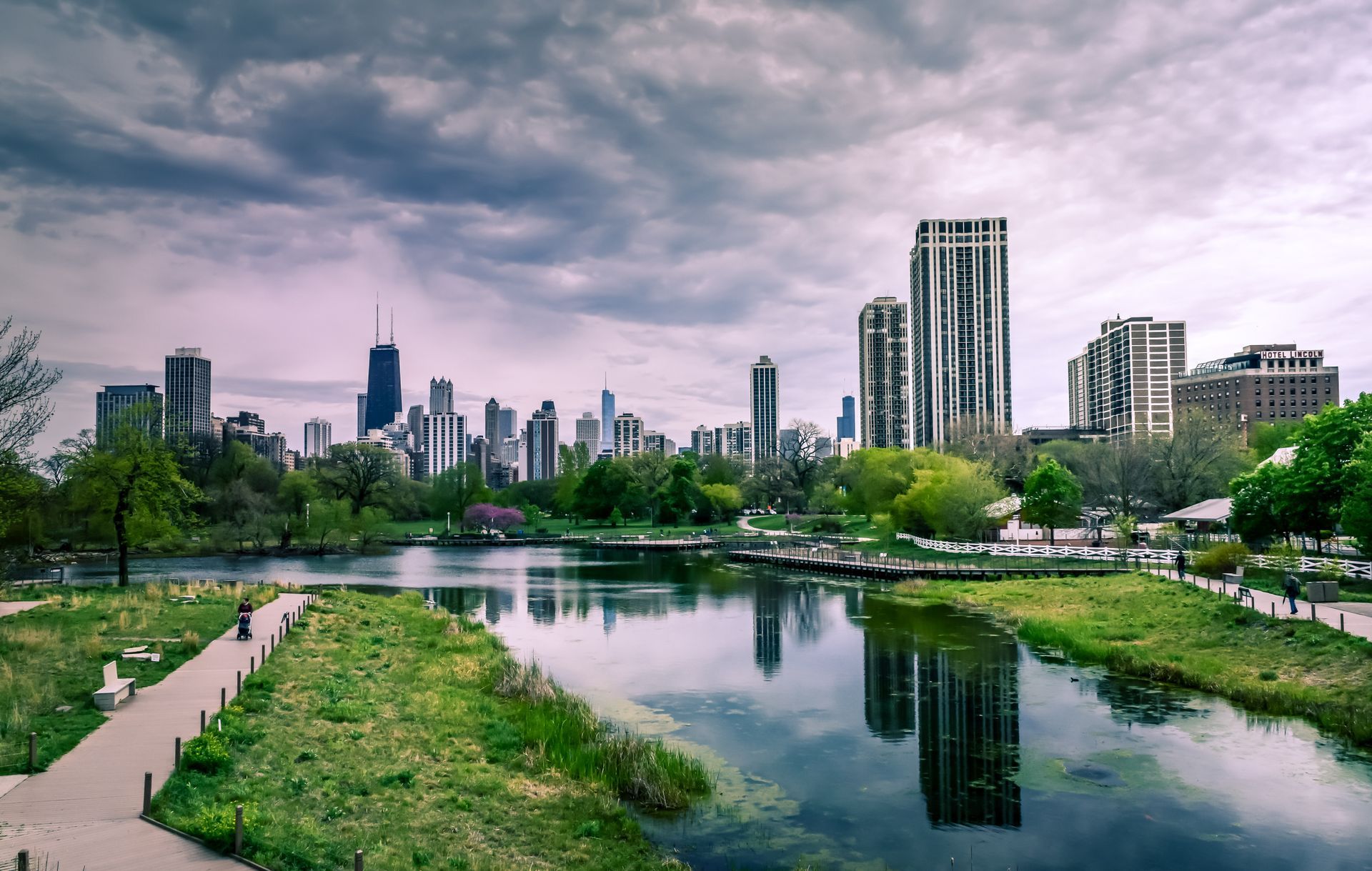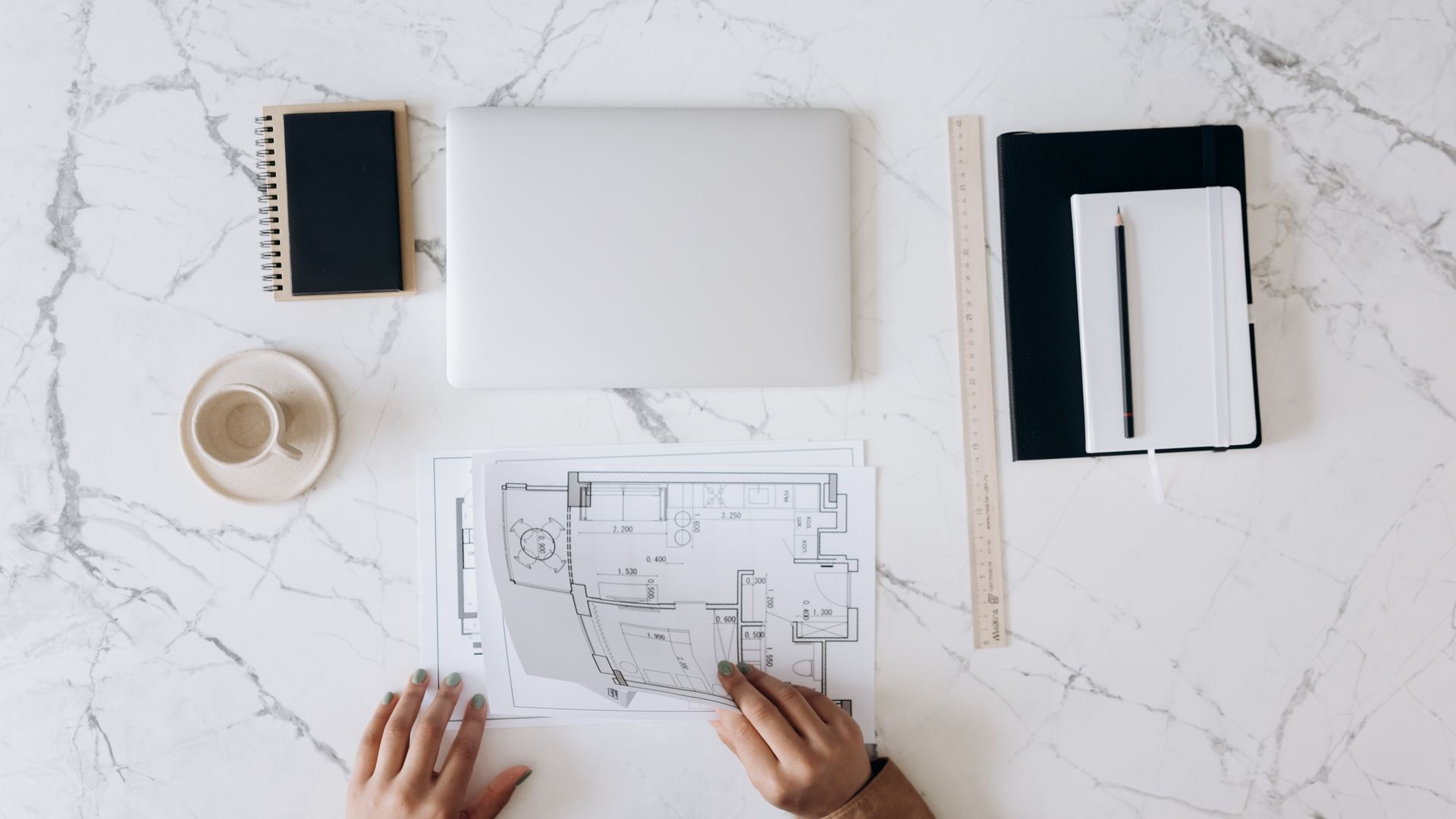How Our Environment Shapes Our Everyday Life

Introduction:
Architecture is not just about creating visually appealing structures; it is about designing spaces that profoundly impact our everyday lives. The built form environment, encompassing buildings, streets, parks, and public spaces, plays a crucial role in shaping our experiences, behaviors, and overall well-being. In this blog, we will explore the profound influence of the built form environment on our daily lives and how architects have the power to create spaces that enhance our quality of life.
1. Enhancing Social Interactions:
The design of our built environment significantly influences our social interactions. Well-designed public spaces, such as parks, plazas, and community centers, encourage people to gather, interact, and build connections. These spaces foster a sense of community, promote social cohesion, and combat social isolation. By incorporating inviting seating areas, pedestrian-friendly streets, and vibrant public art, architects can create environments that encourage social engagement and strengthen the social fabric of our communities
2. Promoting Physical and Mental Well-being:
The built form environment has a direct impact on our physical and mental well-being. Accessible green spaces, well-designed sidewalks, and bike lanes encourage physical activity, reducing the risk of chronic diseases and promoting a healthier lifestyle. Additionally, natural light, proper ventilation, and well-planned interior spaces in buildings contribute to improved mental health, productivity, and overall happiness. Architects have the responsibility to prioritize human-centric design, ensuring that our built environment supports our well-being.
3. Fostering Sustainability:
The built form environment also plays a crucial role in addressing the pressing issue of sustainability. Sustainable architecture focuses on reducing energy consumption, minimizing waste, and utilizing renewable resources. By incorporating green building techniques, such as solar panels, rainwater harvesting systems, and energy-efficient materials, designers can create environmentally friendly structures that minimize their ecological footprint. A sustainable built environment not only benefits the planet but also promotes a sense of responsibility and environmental consciousness among its inhabitants.
4. Influencing Behavior and Perception:
Designers have the power to shape our behavior and perception through the design of our built environment. For instance, well-designed public transportation systems can encourage people to use public transport, reducing traffic congestion and air pollution. Similarly, thoughtful urban planning can create walkable neighborhoods, reducing reliance on cars and promoting a healthier lifestyle. By considering human psychology and behavior, designers can help create spaces that positively influence our actions and attitudes.
Conclusion:
The built form environment is not merely a backdrop to our lives; it is an active participant that shapes our experiences, behaviors, and overall well-being. Designers have a profound responsibility to create spaces that enhance our quality of life, foster social interactions, promote physical and mental well-being, and contribute to a sustainable future. By prioritizing human-centric design principles, designers can create environments that positively impact our everyday lives and leave a lasting legacy for generations to come.



